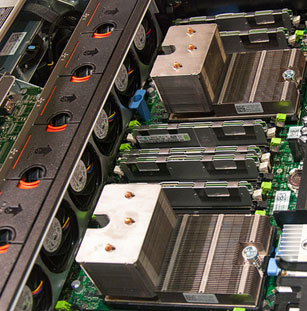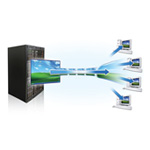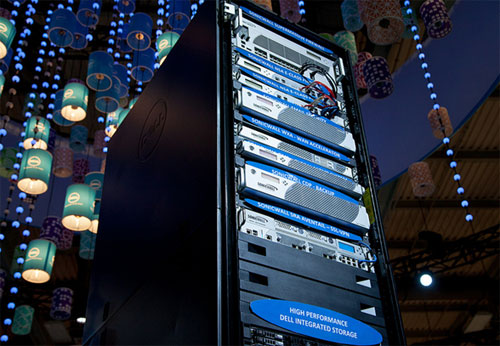Virtual desktop infrastructure (VDI) is a trend in company computing that allows IT administrators to host a desktop operating system on a centralized server. Sometimes being referred to as desktop virtualization, VDI is a common computing model that is used to contribute a layer of virtualization between the network/company server and the business’s desktops.
There are several benefits to moving computer networks to a VDI format but there are also some bad elements as well. If a business is considering the transition to VDI, it is important to know the facts as well as what to expect.
The Bad of a VDI Transition
 Several companies have made the transition to a VDI format and some have commented on how that transition has worked out for their IT teams. One common disadvantage that frequents business IT forums is that many companies did not initially realize that unlike traditional virtualization, VDI does not offer any fundamental disaster recovery. This disadvantage is an enormous concern for many larger organizations as disaster recovery is essential to key business functions.
Several companies have made the transition to a VDI format and some have commented on how that transition has worked out for their IT teams. One common disadvantage that frequents business IT forums is that many companies did not initially realize that unlike traditional virtualization, VDI does not offer any fundamental disaster recovery. This disadvantage is an enormous concern for many larger organizations as disaster recovery is essential to key business functions.
There are ways to make VDI work for an organization under the need for information recovery but it still is something that needs to be developed in the VDI transition before business owners will be 100% pleased with the move to VDI.
Other negatives can include performance issues as the transition begins to take place. Many IT managers have expressed concern over managing images and the number of master images to have as well as had trouble attaching printers to the virtual desktop systems. Clients have also mentioned that the performance of day to day operations can be slow at times. VDI does not offer monitoring tools for performance, thus making it a potential issue in the future.
The Good Side of a VDI Transition
While VDI does have some negative attributes, the positives far outweigh a few hiccups. Many companies are given a real advantage through VDI’s quick deployment of new applications because each new modification no longer needs to be installed on each individual PC. VDI also can extend the life of a PC, with some IT administrators saying that since their own transition, they haven’t had the need to purchase a new desktop in over two years.
Among saving costs and time, VDI also offers better information security and reduces the risk of information being deleted, stolen or lost. Client PCs can also be more energy efficient through VDI and fewer tech issues arise after the initial transition to virtualization.
The Move to VDI
Transitioning an entire network of desktops to VDI can be difficult at first but by focusing on the positive attributes and understanding the few hiccups that may occur, businesses can take full advantage of all VDI can provide, both to client user and IT departments.
Is your organization making the switch to VDI? Let us know in the comments.



